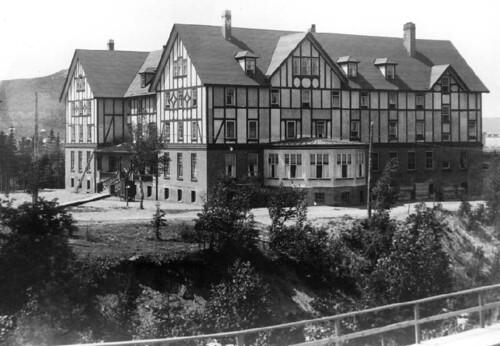Wednesday, May 6
SABRI office, West Street, St. Anthony, NL
(old Bank of Nova Scotia Building)
1-4 pm
Intangible Cultural Heritage (ICH) or what some call “Living Heritage” encompasses many traditions, practices and customs. These include the stories we tell, the holidays we commemorate, the family events we celebrate, our community gatherings, our knowledge of our natural spaces, how we treat sickness, the foods we eat, our holidays, beliefs and cultural practices. Many of us sing songs or tell stories; some of us know about fishing grounds or berry picking spots; others know about curing illnesses. These are things our communities identify as valuable. They are the memories which are passed on from person to person, from generation to generation.
But are those stories still being passed on? And if not, what can we do about it?
Join Dale Jarvis, folklorist, author and Intangible Cultural Heritage Development Officer from the Heritage Foundation of Newfoundland and Labrador, for a free afternoon workshop on Intangible Cultural Heritage (ICH), collecting community stories and the
St. Anthony Basin Resources Inc (SABRI) Oral History project!
For more information on the SABRI oral history project, contact
Kathleen TuckerWorkshop Leader:Dale Jarvis is a folklorist, researcher, and author, who has been working for the Heritage Foundation of Newfoundland and Labrador (HFNL) since 1996. In April 2008, he took on the role of Intangible Cultural Heritage Development Officer for the province of Newfoundland and Labrador, one of only two provincially funded, full-time folklorist positions in Canada.
Dale has a BSc (Hons) in Anthropology/Archaeology from Trent University (Peterborough) and an MA in Folklore from Memorial University. He is past president of the Newfoundland Historic Trust, and the author of two popular books on Newfoundland and Labrador folklore, and a third book of world ghost stories for young adult readers.












